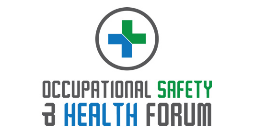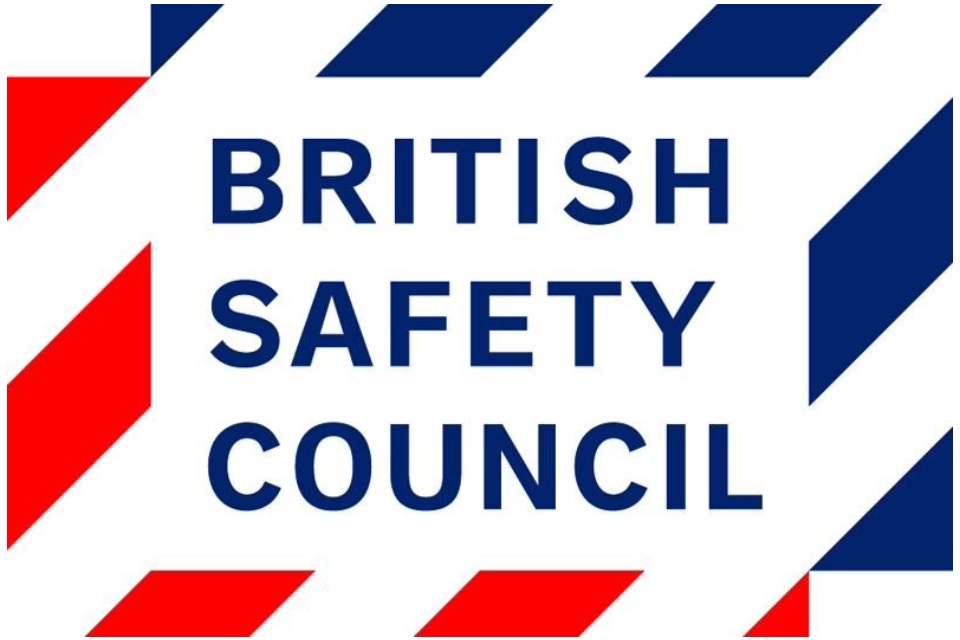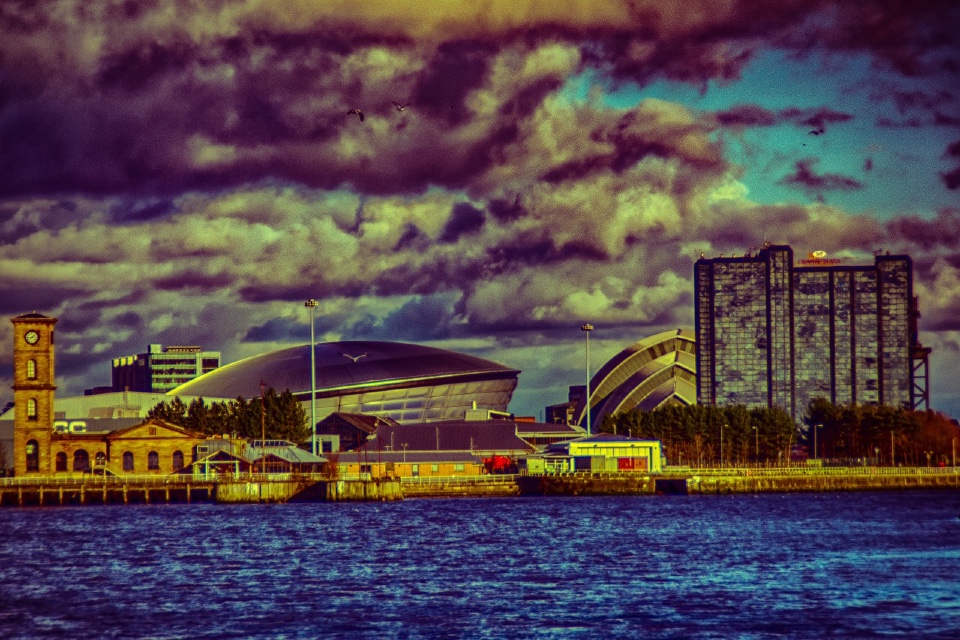The British Safety Council has warned that new legally binding air quality targets for the UK, which passed the final stages of parliamentary scrutiny earlier this month, fall well short of what is needed to keep people safe.
British Safety Council has been campaigning since 2019 to raise awareness of the impact that air pollution can have on the health of outdoor workers.
Commenting on the new air quality targets, British Safety Council Chairman, Peter McGettrick, said: “It is disappointing that, given what we now know about the risks to people’s health from air pollution, this is where we have ended up on the new legally binding air quality targets.
“The Government wanted to be ambitious. And, yes, they will address small particulate matter for the first time. But they fall well short of being ambitious, and they won’t get us anywhere near what the World Health Organisation (WHO) says the limit should be for PM2.5.”
In September 2021, the WHO completed a review of the guideline air quality levels it set in 2005, halving its air quality guideline limit for fine particulate matter (PM2.5) to 5 micrograms of PM2.5.
McGettrick added: “Even if the Government carries on doing what it’s doing, we should get to around 10 micrograms by 2030, so why couldn’t it have gone further? And its target of reducing general exposure in the population is also too little too late.
“As the Government publishes some eye-catching proposals for turning the tide on nature depletion in England, let’s not forget that it still needs to do more on the pollution you can’t see which we breathe into our bodies, as well those you can.”
The new UK air quality targets will be:
- a maximum annual mean concentration of 12 µg/m3 by the end of January 2028 (in support of the legal target to achieve 10 micrograms of PM2.5 µg/m3 by 2040)
- a target to reduce population exposure by 22% by the end of January 2028 (in support of the legal target to reduce population exposure to PM2.5 by 35% in 2040 compared to 2018 levels)
These new limits will finally come into force, under last year’s Environment Act, after the Government missed its own deadline of December to introduce them, following a consultation.
Meanwhile, cities around the UK are taking their own action to fight air pollution, by introducing Clean Air Zones (CAZs), with Newcastle the latest to bring its own CAZ on Tuesday 30 January, meaning the most polluting taxis, buses and lorries will now be charged to enter the city.
One of the drivers of the Council’s campaign, Time to Breathe, has been the call for more and better data to help us understand better how air pollution affects people such as outdoor workers. These workers include street cleaners, refuse workers, traffic police, cycle couriers, construction or maintenance workers, newspaper sellers, gardeners, teachers or security guards working on busy roads.
Click here for more on Time to Breathe.






